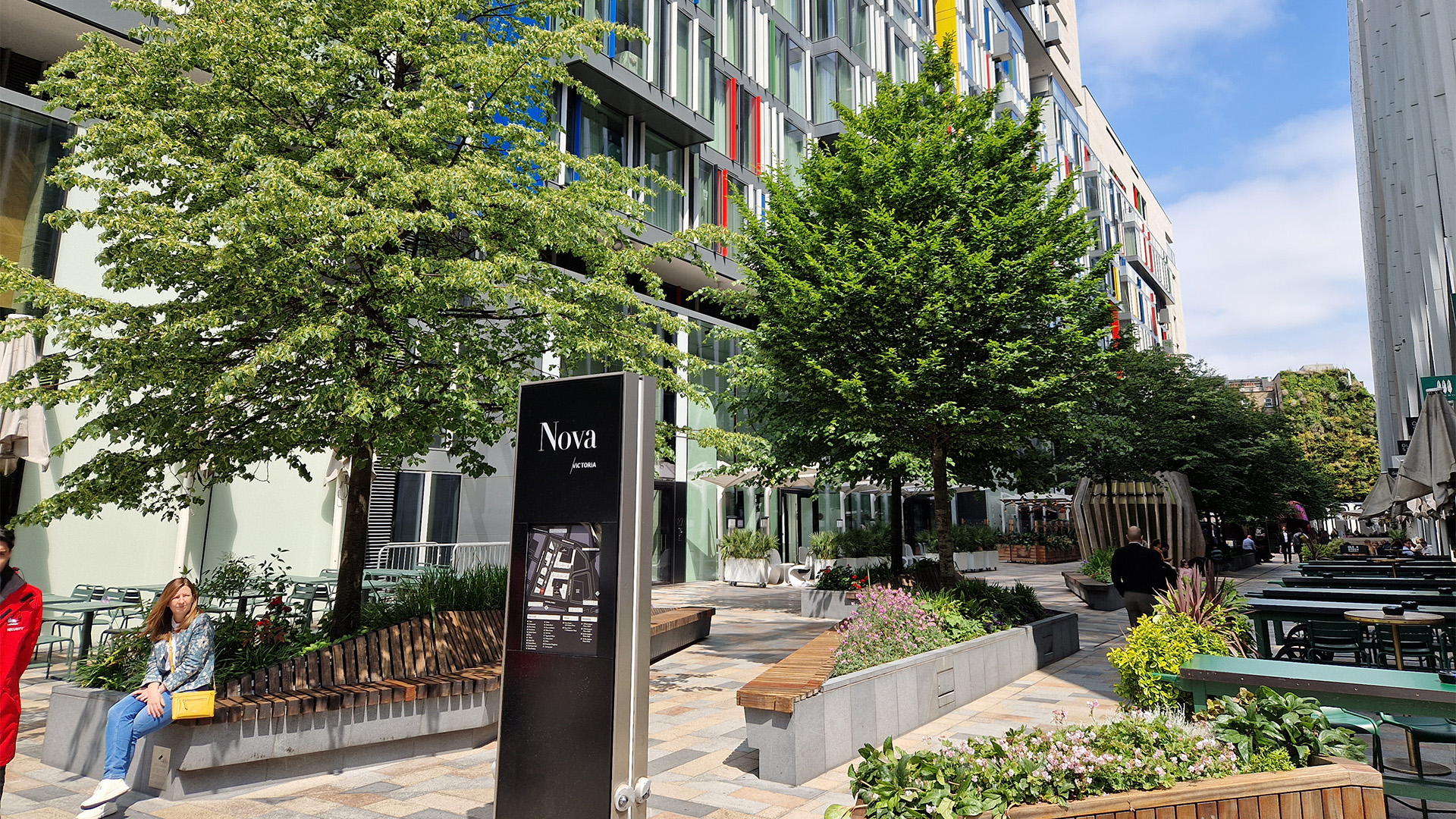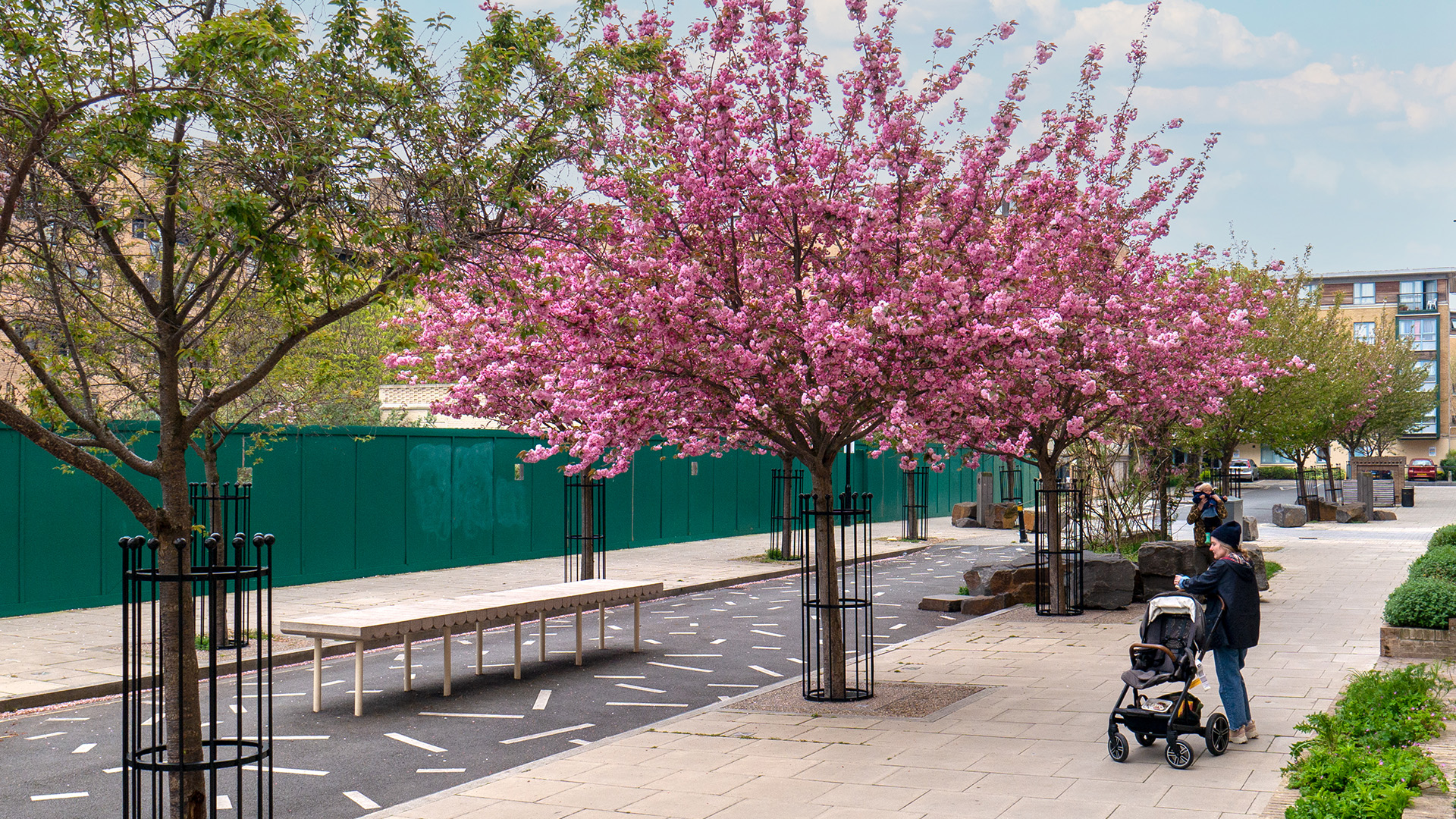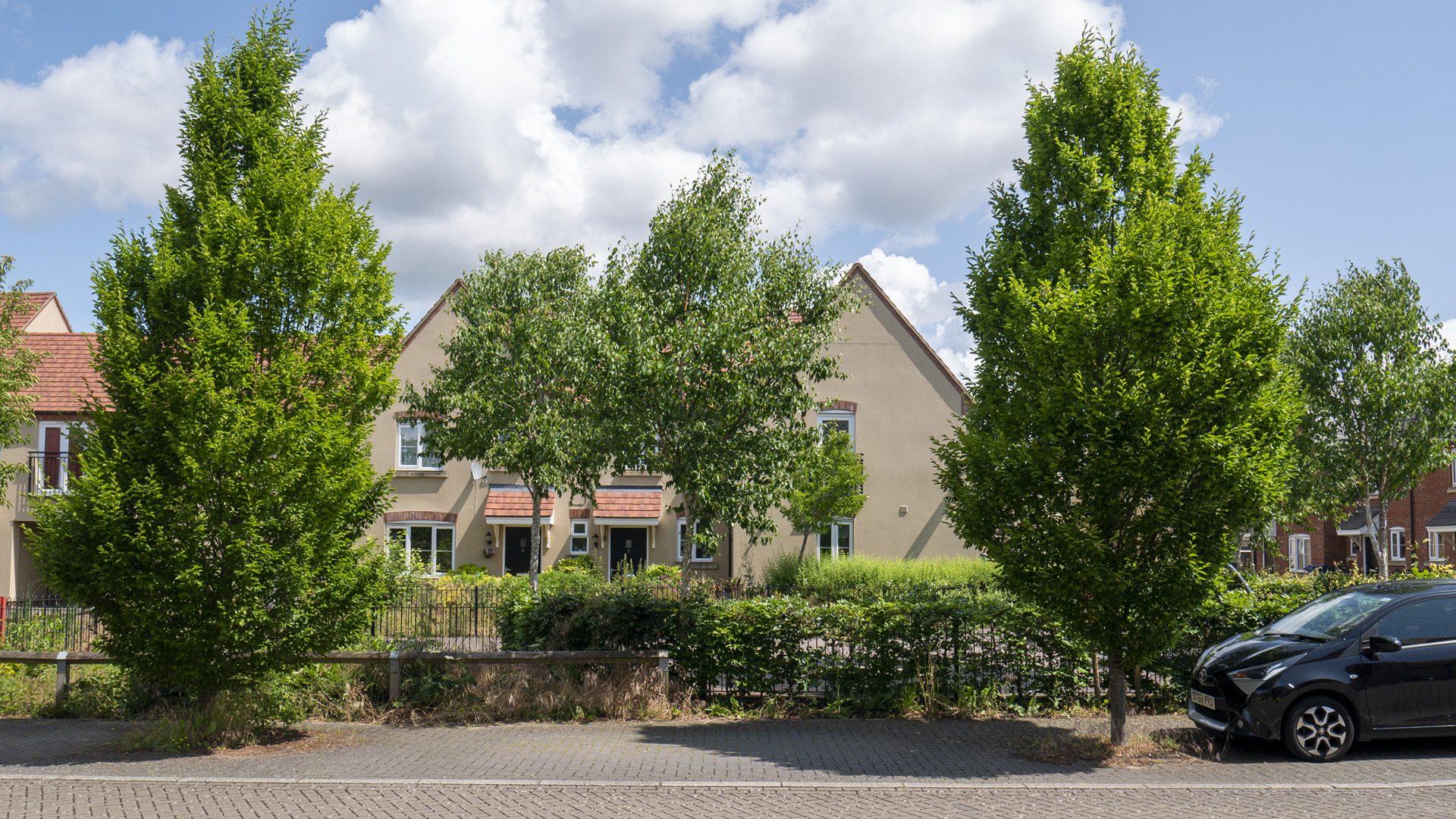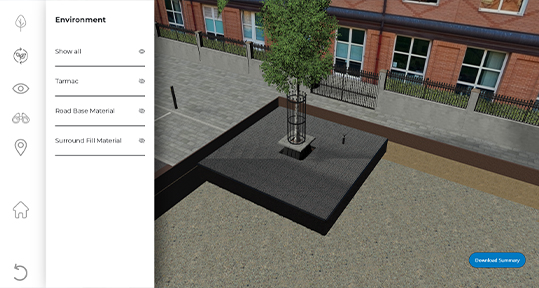In recent years, concerns over biodiversity loss have intensified, leading to the development of innovative strategies to protect and restore our natural heritage. In this blog we highlight a recent podcast whereby we introduce; Julia Baker and Tanith Cook of Mott Macdonald, where we explore what Biodiversity Net Gain (BNG) is, how it works, and why it’s essential for the future of our planet. Some of the highlights discussed include:-
What is Biodiversity and why is it important?
Biodiversity refers to the variety of life forms that exist on Earth, encompassing all living organisms, from microorganisms to plants and animals. This biological diversity is the outcome of millions of years of evolution and plays a crucial role in maintaining ecological stability and resilience.

Biodiversity Net Gain is a relatively new concept aimed at enhancing the natural environment through development projects.
The idea behind BNG is that any unavoidable loss of biodiversity resulting from development should be compensated by creating or restoring habitats elsewhere, ensuring a “net gain” in biodiversity overall. Further information for Local Authorities can be found here:-

In 2019, the UK government committed to making Biodiversity Net Gain a legal requirement for all new developments in England. Under this legislation, developers are required to measure the biodiversity value of a site before development begins, using a biodiversity metric. This metric calculates the biodiversity units present on the site, considering various factors such as the types of habitats, species, and their condition. Implementation of the mandatory biodiversity net gain is from November 2023 for most developments in England to create 10% more biodiversity.”Once the assessment is complete, developers must aim to achieve a biodiversity net gain by enhancing the natural environment elsewhere, either on or off-site.

In 2021 CIEEM published its BNG report and audit templates to provide a framework to help support writing reports – Discover more here.
The metric also considers factors such as connectivity between habitats and the presence of protected or priority species. Restoration of wetlands, woodlands, and other natural habitats might take place off-site to compensate for the ecological impact of the development.
Successful BNG is not numbers on a spreadsheet, but the creation and enhancement of wildlife-rich habitats and this requires a habitat design based on sound ecological principles. – Tanith Cook
Biodiversity is also crucial in the design of Sustainable Drainage Systems, enhancing our ecosystem services, including increased wildlife habitat by the use of planting a wide range of flowering pollinators, improved water quality by filtering pollutants, improved aesthetics, and well-being. Biodiverse SuDS plays a role in climate change adaptation.
Trees and Vegetation within SuDS can absorb carbon dioxide, mitigating the impacts of greenhouse gas emissions.
Biodiversity Net Gain represents a pivotal shift in how we approach development, recognising that our actions must work in harmony with nature rather than against it. By ensuring that new developments leave the environment better off, we can foster a more sustainable and resilient future for both wildlife and humanity.
There are two options to achieve BNG, create more habitats or make existing habitats better habitats need space – so have that conversation – Julia Baker
The legal requirement for BNG on all new developments in England is a commendable step forward, demonstrating the nation’s commitment to safeguarding its natural heritage for generations to come. Through the implementation of BNG and continuous improvements in the biodiversity metric, we can take a collective stride toward restoring and enhancing our planet’s precious biodiversity.




